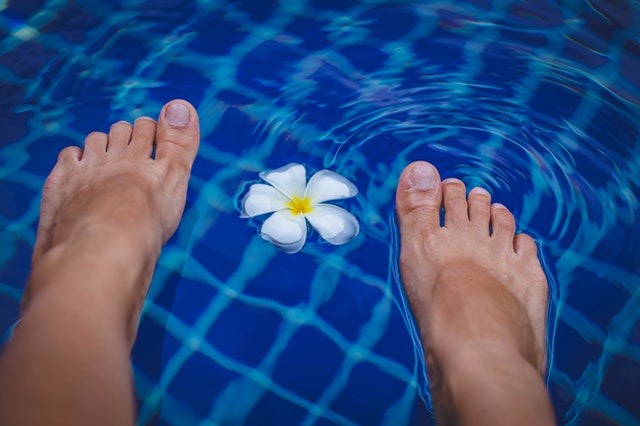Simple yet Complicated Foot Problems
The human body is almost a miracle. Despite being among the most
fragile structures in the living ecosystems, it has capacity for
self-regeneration and repair. It has an immune system capable of defending
itself against virus and bacteria and a capacity to adjust based on physical
and mental stress. It also has the capacity to self-heal. In fact, it can
correct lesser forms of injury given enough time to do so.
But this does not mean it is invincible. On the contrary, it is
still very fragile. This is more especially true for the limbs particularly the
feet which literally bear heavy loads in terms of weight and movement. It is
after, a slender limb not even half the size of the weight it is supports.
Indeed, despite its power, or perhaps due to it, the feet is one
of the most used and ‘abused’ part of the human body. But the logic follows
that it is almost the most vulnerable to injuries and disorders.
Simple but Complex Common Foot Problems
Dislocations, sprains are among the very common feet injuries
often due to wrong movements or improper balance. There are however more
slightly unique but very common ones, some that still remain a mystery to
modern medicine.
One such simple foot problem is the plantar fasciitis, a relatively new injury caused by chronic irritation of the
arch of the foot due to excessive strain, bone spurs, flat feet, pronation and
tight calves. Common among runners, hikers and even cashiers who stand for
considerable amounts of time, the injury is a combination of shifting of pain at
the minor foot, arch and heel area.
Another simple foot problem is the bunions, an extremely
uncomfortable, often painful swelling on the first joint of the big toe which
is very common among women. It is not exactly an injury but rather a deformity
which causes certain degrees of mobility.
Despite being simple problems,
they are almost also complex since science has not come to fully explain the
causes of these problems. For instance, in the case of Plantar Fasciitis, it is
a relatively new medical problem and its cases have only begun to increase in
the last decade and therefore science has only also recently began better
understanding the problem. As for bunions, despite being an old type of
problem, is hypothesized to be caused by a variety of factors including
abnormal foot function, mechanics, anatomy at and genetic factors. Some studies
even suggest that habit like wearing tight-fitting shoes, high heels and narrow
toed shoes which partly explains why it is common among women. But there are
still no compelling scientific evidence to support these. For now, what is
certain is that they can lead to more severe or serious complications even to
permanent disability.
The Implications on Relief and Corrective Solutions
Since science has yet to
definitively explain the phenomenon of Plantar Fasciitis and bunions, there is
also no definitive cure or solution. In both cases common pain relievers like
ibuprofen like Advil, Motrin IB, and naproxen sodium such as Aleve can help
relieve pain but are not therapeutic. For both problems too, physical therapy
for a long periods are recommended in order to naturally heal ligaments, tissues
or correct foot problems. Using insoles for flat feet, arch support braces and Plantar Fasciitis insoles can help in stretching the feet and
relieve plantar fascia, Achilles tendon, leg muscles while it naturally
recovers.



Comments
Post a Comment